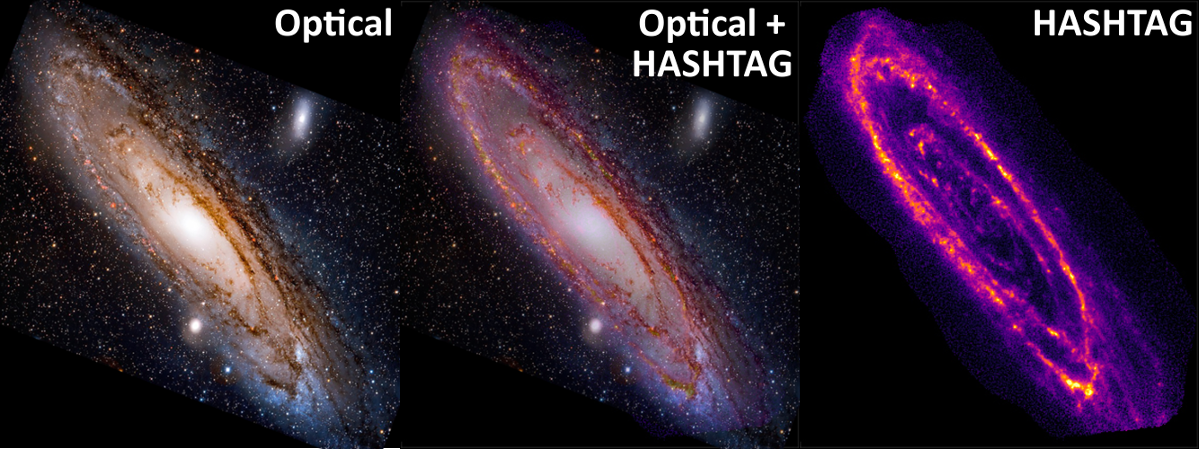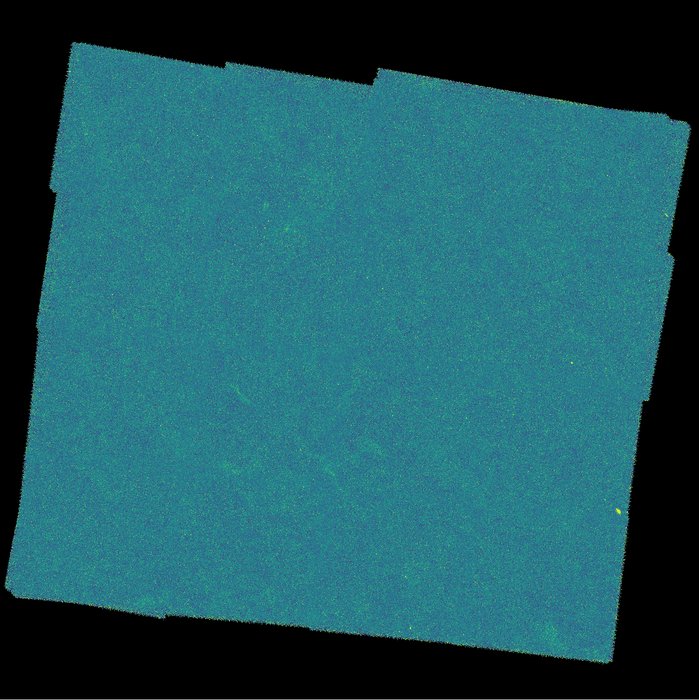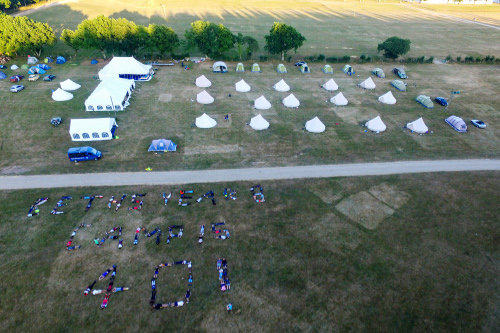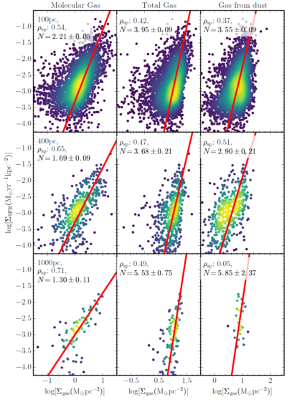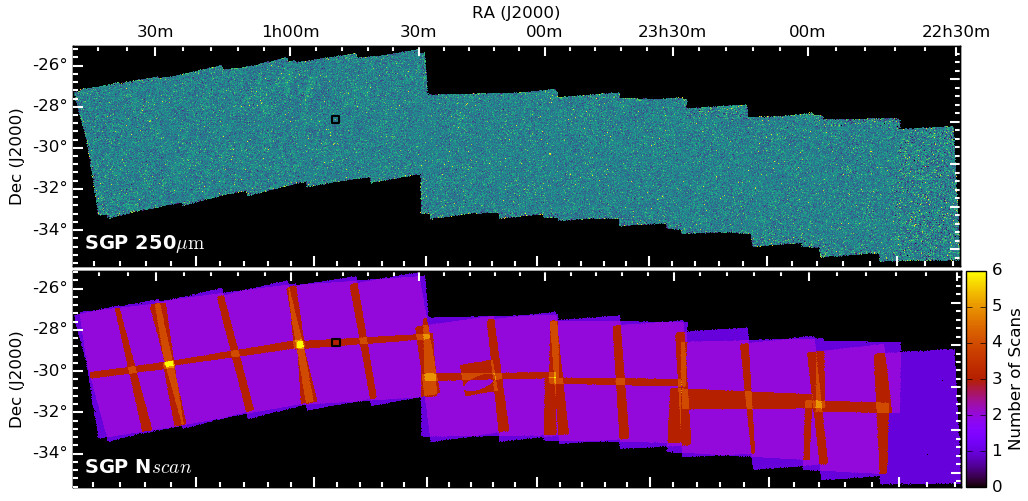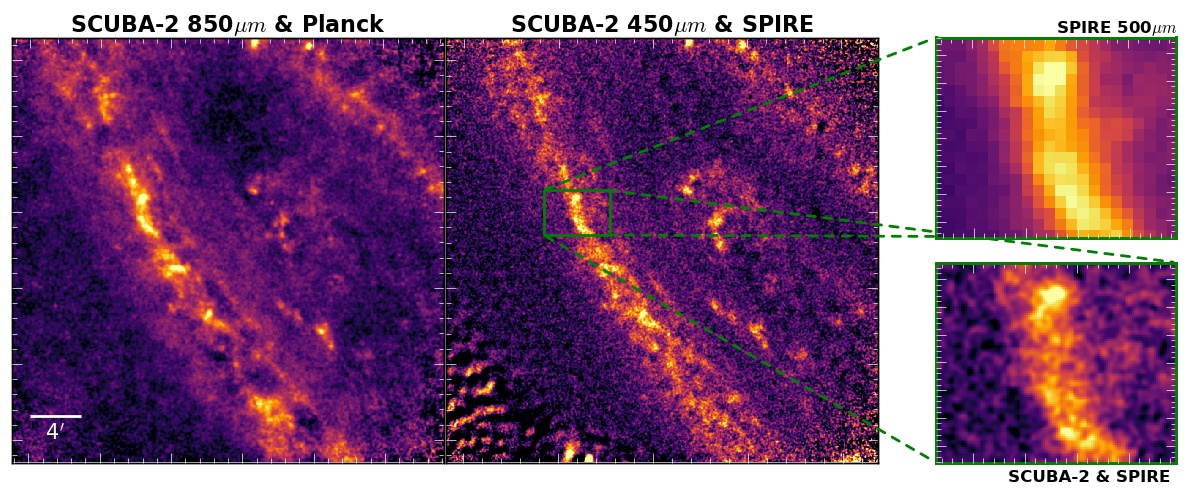February 2024
BT Tower is Being Turned Into a Hotel
Today we had the news that BT Tower in London is being sold and being made into a hotel. My dad spent the vast majority of his long BT career based in the tower, was in the building when the IRA bomb went off, and I think he potentially was the last engineer based in the building. I luckily had a few opportunities to visit him, see the many floors of equipment, the TV switching centre below, and watch the almost total eclipse from the top. Here's a picture of my dad at his desk and an example of a 'standard' floor with racks of equipment.




